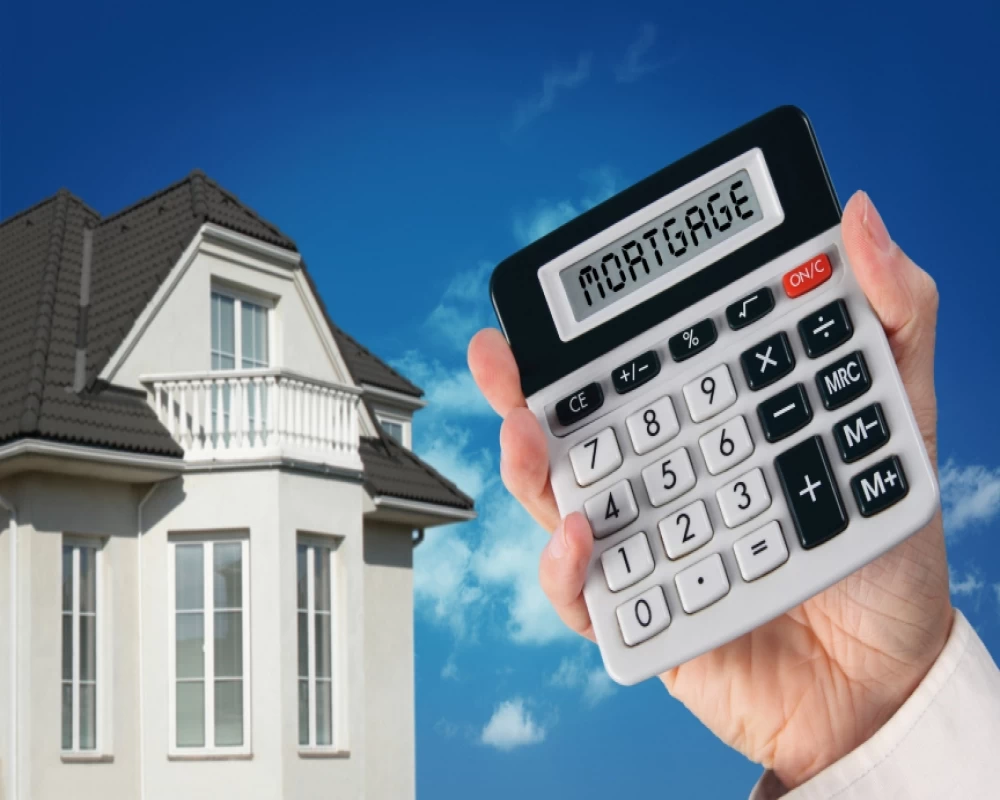Follow These Tips to Sell Overseas Property Fast

Selling a property abroad is similar to selling at home. You have to make the home look inviting to buyers. However, in the UK and some other countries, you have to report your sale and pay a capital gains tax as a citizen selling property abroad. Whatever your reason for selling overseas property, here are some tips to help you sell fast.
- Set the right price.
Don't try to ply smart. It's normal to want a high price for your property but when you price too high, people will walk away. Buyers are wiser now. They also check comps. Your prospective buyer, who'd likely be a cash buyer in the US, China or Russia would check similar homes in the neighborhood. If he notices something fishy, he would walk away without a second thought. If many people are walking away from your home, that will keep your home on the market for the long hull. This will leave a bad impression like a big greasy stain on a white-painted wall. You want to find an agent who'd help you set the best price for your overseas property and set a right first impression.
- Use Online Marketing to Great Effect.
This is something that you can rely on your real estate agent to do for you. The idea is to promote property abroad, on foreign property portals, blogs, online forums and social media. Your ads should be highly targeted and be where potential buyers are likely to find them.
Relying on the marketing strength of local agents may not be enough to sell your property in a slow market. They may not put in the marketing effort to advertise individual listings - after all, it's an open listing and anyone can sell it.
Private sellers can advertise their property abroad on Properbuz for free, for the time it takes to sell the property. The statistics are very clear - your buyer will start his/her search for property online, almost exclusively. So all you need to do is join them. List your property with us to expand your reach.
- Pictures tell a story
The pictures or images make all the difference to your prospects of selling property. Professionally taken photographs that emphasize the best features of the property increase the chances of getting the house sold faster. It is always better to hire a professional photographer for this purpose than to do it yourself. Also, make sure your home looks your best before the photo shoot. Have small renovation jobs such as gardening and painting done, for example, without spending too much on it.
- Cleaning
No one imagines themselves living in a shed and so your buyer will want to see a very clean house that they can make their own - even if they turn it into a pigsty as soon as they move in. So, clean your house.




